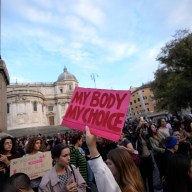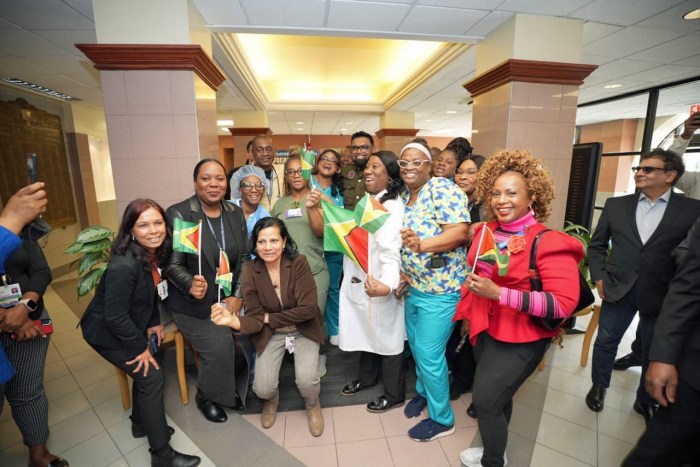Losing your breasts as a result of cancer is traumatic enough. But removing them voluntarily? Lots of women do it.
“It felt like I had a ticking bomb in my body,” recalls Jennifer Chamberlin, a 36-year-old paramedic from Pennsylvania.
“My grandmothers and several aunts had had breast cancer.”
So Chamberlain decided to surgically remove both of her breasts, along with her ovaries — even though she didn’t have cancer.
“I just didn’t want to risk getting cancer. I know I can still get other types of cancer, but this was one risk I could do something about,” she says.
Chamberlin is not unique: between 1998 and 2005, the rate of contralateral prophylactic mastectomy — removal of two healthy breasts — among U.S. women increased by 188 per cent, according to a study by physicians at the University of Minnesota School of Medicine.
“The 10-year survival rate for women with DCIS (the most common form of breast cancer) is 98 to 99 per cent,” says lead researcher Dr. Todd Tuttle.
“Removal of a normal breast will not improve the excellent survival rates. Nevertheless, many women, particularly young women, are choosing to have both breasts removed.”
Jamie Inman of California made the same choice — and deeply regrets it.
“If I had known about the sexual side effects there’s no way I’d have done this,” she says.
“Not having any nipple sensation has been devastating, both to my me and my husband.”
















